Agricultural policy and administration
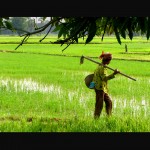
Agriculture in Cambodia accounts for approximately 56% of the labour force. The size of the sector means that policies developed here have a significant impact on the whole country. Agricultural policy and administration is managed by the Ministry of Agriculture, Forestry and Fisheries (MAFF). There ...
Types of state-protected areas
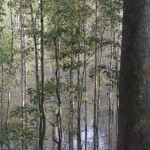
Flooded forest in Cambodia. Photo by Andrea Kirkby, taken 11 May 2014. Licensed under CC BY-NC 2.0.A 1993 royal decree designated 23 protected areas covering about 3,273,300 ha, equal to around 18% of the country’s total land area, and brought them under the jurisdiction of the Ministry ...
Pollution and waste
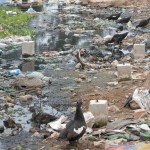
The rapid economic and population growth in Cambodia is leading to significant environmental pollution. The economic development activities have generated major environmental consequences, including air pollution, water pollution, noise pollution and solid wastes. ...
Land policy and administration
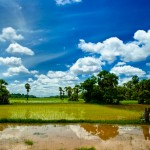
The Royal Government of Cambodia's land policy has three pillars: land administration, land management and land distribution. The objective of the country’s land policy is to facilitate the use and management of land and natural resources for socio-economic development in an equitable and sustainable manner. ...
Land tenure and land titling funding
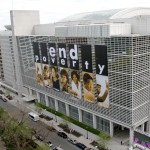
World Bank Headquarters, 2013: World Bank/IMF Spring Meetings. Photo by Simone D. McCourte, World Bank, taken on 16 April 2013. Licensed under CC BY-NC-ND 2.0.Funding data on development and assistance to land tenure and titling issues presents an incomplete and conflicting picture. Though various sources exist ...
Non-renewable energy production
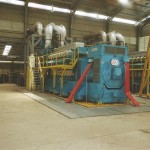
Non-renewable energy sources are chiefly fossil fuels such as coal, diesel, oil and gas. They provide most of Cambodia’s locally-produced electrical supply – in 2011 diesel and heavy fuel oil generators provided 89% of local electricity generation. ...
Primary and secondary education
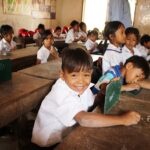
Article 68 of Cambodia’s Constitution states that the Government shall provide free primary and secondary education for all citizens and each individual shall pursue basic education for at least 9 years. Education is a fundamental engine of social and economic development for a country, especially ...
Ministries and other national bodies
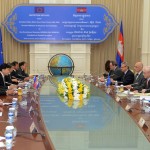
Nearly all of the ministries were established in 1995. A few ministries were only recently created in the post-2013 national election by a separation of one ministry into two. There are 28 government ministries and secretariats, and many national bodies. ...
Protected areas
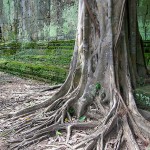
As Cambodia emerged from years of conflict, pressures grew on natural resources and sensitive areas. In response, a number of protected areas were created by royal decree in 1993 to protect ecologically and culturally important places. More detailed guidelines on managing the country’s protected areas ...
Fishing policy and administration
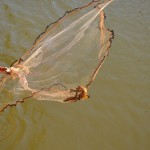
Young man fishing with a cast net on Siem Reap river, Cambodia. Photo by Brian Hoffman, taken on 12 January 2015. Licensed under CC BY-NC-SA 2.0.Fisheries management in Cambodia is divided between central and local governments. At the central level, the Ministry of Agriculture, Forestry ...
Forest cover reporting
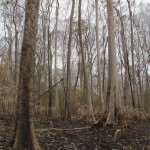
Forest cover is the area of land covered by tree canopy. Measuring and reporting this can show the different types of forest that exist and the areas of each, and how these areas change over time. ...
Gravel and limestone
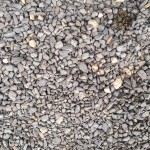
Raw gravel, photo by touch and see, taken on March 26, 2014. Licensed under: CC BY-SA 2.0Since 2010, Cambodia has seen increasing production of cement, crushed stone, sand and gravel in response to the country’s booming construction sector. Approved investment in the construction industry in ...
Renewable energy production
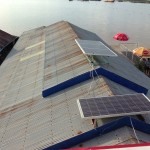
Renewable sources of energy include biofuels, solar, wind, tidal and geothermal energy. Fossil fuels such as petroleum or coal are not renewable. ...
Special economic zones
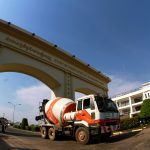
A Special Economic Zone (SEZ) is a defined area within a country that is subject to different laws and regulations than other areas of the country. These comprehensive industrial areas provide preferential incentives to investors and offer government import-export administrative support to facilitate trade. Though ...
Agricultural commodities, processing and products
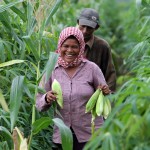
Farmers harvest corn from their farms, Cambodia. Photo by World Bank/Chhor Sokunthea, taken on 17 July 2013. Licensed under CC BY-NC-ND 2.0Key agricultural commodities and products include rice, rubber, corn (maize), vegetables and fruit, and cassava (tapioca). More than 90 percent of Cambodia’s agricultural exports ...
Energy for transport

In Cambodia, petroleum is traditionally the main source of energy for transportation. The petroleum fuels used for transportation include gasoline, diesel, heavy fuel and fuel oil. ...
Gemstone mining
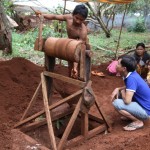
There is no large-scale industrial mining of gems in Cambodia, and few full-time miners. Most people involved in looking for gemstones fit it around other work – typically farm work – and mostly do it without licenses. As with artisanal mining, miners are often very ...
Forest policy and administration
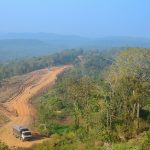
Logging truck in Mondulkiri protected forest , Cambodia. Photo by Global Water Forum, taken on 23 February 2014. Licensed under CC BY-NC-SA 2.0Cambodia is deeply concerned about deforestation. While the country seeks fast economic development, forests represent a tremendous national treasure. In order to help ...
Social development
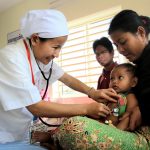
A trained medical staff listens to the heartbeat of an infant at 16 Makara hospital in Preah Vihear, Cambodia. Photo by The World Bank, taken on 30 January 2013. Licensed under CC BY-NC-ND 2.0.Social development addresses profound social problems,199 especially poverty, unemployment and social exclusion, ...
National government
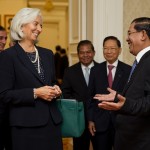
Cambodia is a constitutional monarchy. According to the 1993 Constitution, although he is the head of state, the king has very limited powers compared to the prime minister, the head of the government. Unlike the 1947 Constitution, power does not come from the king but ...



